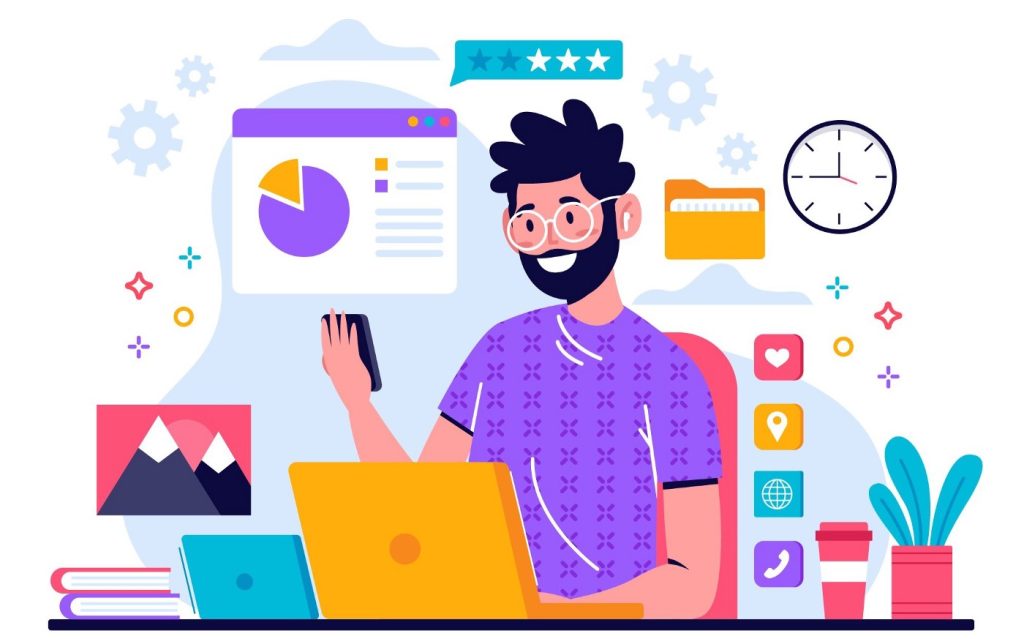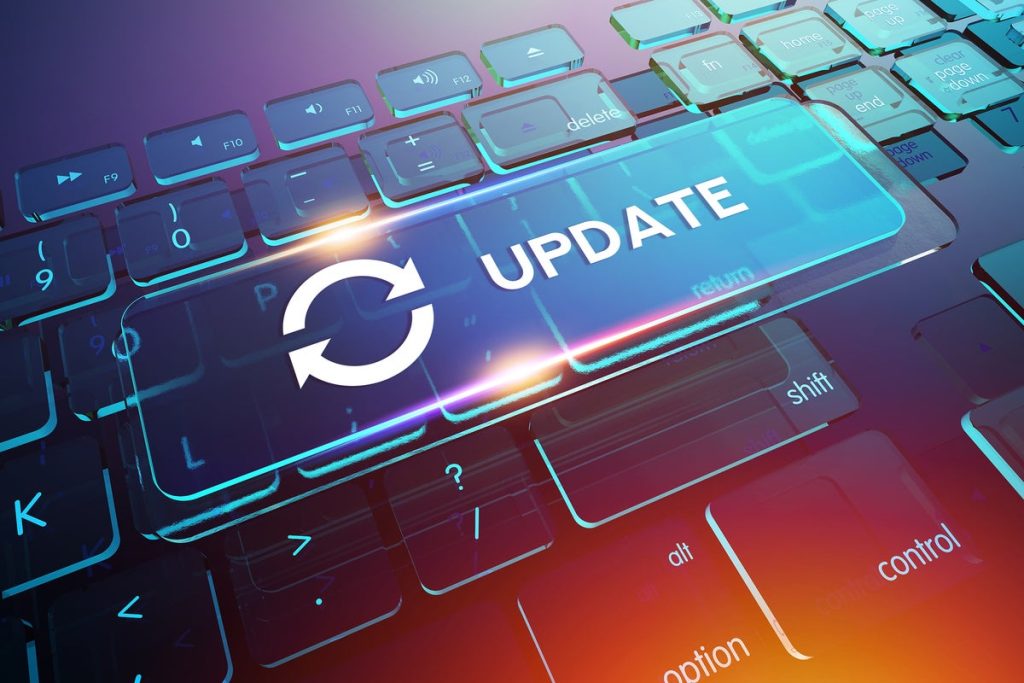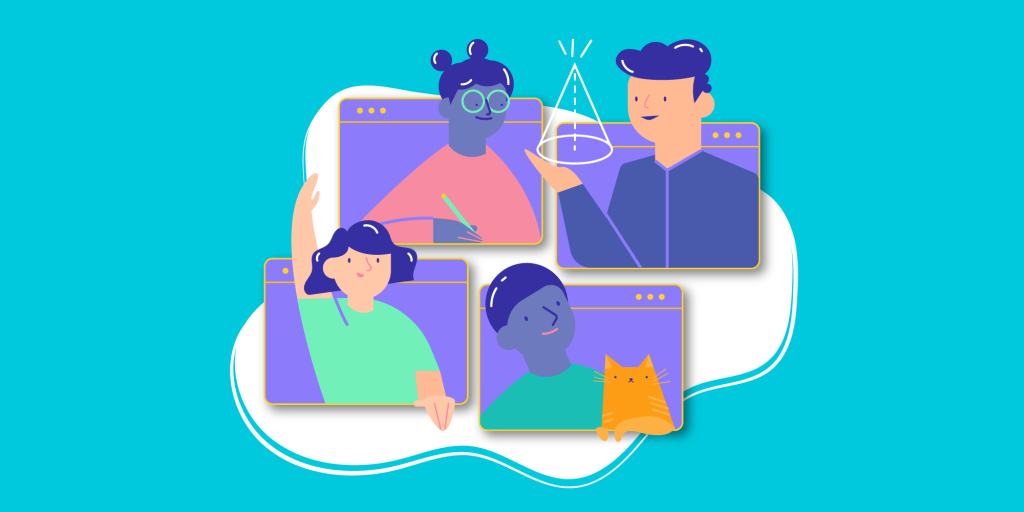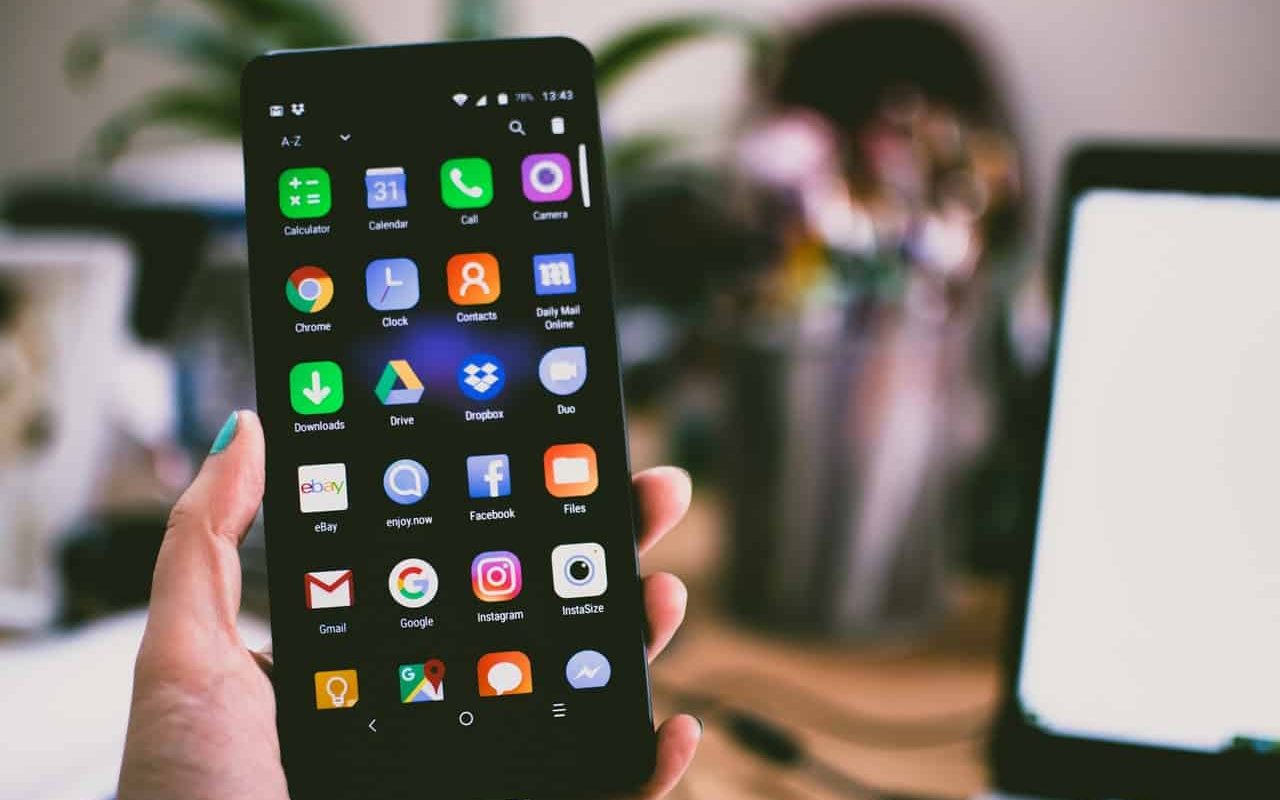That’s how many mobile app users feel. To have high retention, first impressions certainly count. And a lengthy or complicated onboarding process doesn’t make a good impression on the users. Most never check out your app’s juicy features that prompted them to download it in the first place. So, how do you simplify the onboarding to create a good retention rate?Times without numbers, you’d have downloaded an app only to delete it after usage (we all do). Except for apps like Facebook and TikTok, many users don’t believe some software deserves to stay on their phones. Users downloading your app is one thing, retention is another. Findings show that only 27 percent of those who download apps still use them after 90 months
So, what could be the problem? These days, there are many user complaints of poorly made apps. If that’s the problem with you, contact a competent software company. And do mobile app development outsourcing on Emphasoft.
But the problem usually goes deeper. You’ve created an unbeatable solution. You get enough downloads. But users opt out of your service after some time. What should you do?
If you have created a competent app solution that stands out, you may need a few tweaks. Implement these six strategies and your app retention rate will boost.
Page Contents
Simplify Onboarding To Make A Good First Impression.
Many mobile apps usually ask you to fill out long forms of information during onboarding. While some of that information is important to app usage, others can be added later. How do you feel? bored? overwhelmed or suddenly disinterested?
Give them onboarding options. You can ask them to register with just their email and password. Or you can provide a faster signing up via LinkedIn, Facebook, or Google, depending on the nature of your target audience. Plus, add a call to action at the end of the onboarding.
Besides, make your app features easy to navigate and as clear as possible. Integrate visuals to highlight the special benefits that make your app stand out. Use lucid and straightforward sentences to convey the message. And don’t bore users with too many key features that they’re probably aware of.
Personalized User Experience

Compare these in-app messages sent to David.
“Good Afternoon Dave, here are new jobs for you?”
And
“Welcome back, Check out these new jobs”
The former message is more likely to retain users than the latter. Why? Because the former directed the message to David by mentioning his name. While the latter just sent a broadcast-like message.
Creating user experiences based on personal data keeps them hooked up to your app. Users will believe it’s all about them, become attached, and are likely to use your services longer. All you need is to track the user’s data and perform a thorough cohort analysis.
To personalize, you can address users with their static information ie name or gender. Personalization could also be dynamic. That is you address them based on their activities and behavior ie. Usage frequency, membership status, etc.
Whichever way, personalized experiences are a great way to reduce the uninstallation of your mobile apps.
Reward Users Loyalty.
Getting rewards makes users feel recognized for using your app. Thus, they are less likely to delete such apps from their smartphones. You can give them loyalty rewards based on usage frequency. Or free coupons after purchasing particular services.
For example, PES Mobile usually gives new coupons for each day of login. Gamers can use such coins to buy different in-game services. Upwork, a job site, gives job bidders 10 free Connects upon landing an interview. Users can use thise connects to bid for new jobs. Many other apps also reward users for inviting their friends to download their apps.
There is no fit-all rule for creating rewards. The nature of your mobile app will determine which reward system suits your users most. The reward system could come in any of the following forms
- Free coupons to buy new in-app features
- Loyalty badges for recognition
- Discount on membership
- Discounted price to open new features or buy products
- Opportunity to win a lottery etc.
You own your app and you probably know what works best in your use case.
Make Updates From Time To Time

There are over 2 million apps on the Google play store alone. Some of these mobile app software are poorly made and mirror one another’s services. But through constant updates, you can stand out from the pack.
Constant updates make sure you can fix bugs and incorporate new features. Yes, this may become expensive over time. But it allows you to make changes based on customer feedback. Thereby, providing a better experience and increasing app retention rate.
Constant updates afford you many more advantages. You can identify new technology trends in the market and create unique solutions based on your findings. Then, you can implement these new mobile app development tools.
Going with the latest trends increases adoption and retention for your apps. Updating facilitates development of the best software for startups.
Gamify The Experience For Users
In mobile app development, app retention has been a problem in every niche. But the gaming industry is an obvious exception. People who download games are less likely to delete them. Because games are tools to engage and entertain users.
So, why not gamify the experience for your audience? They can be playing games, winning prizes, and having fun on your application. Thus, making them spend more time on the platform. Besides, they will be willing to visit your app frequently just to enjoy the games.
But how do you determine which in-app game feature best fits your niche? Study your competitors’ in-game feature choices. Or check out how Fitocracy, amongst other apps, gamify the experience for users. Perhaps, that might inspire you!
Engage, Engage, And Re-Engage

Frequent posting on your social media handles keeps enthusiasts informed about your software agency. But every other app also engages through social media. Go a step up by creating personalized engagement. You can engage your users through email marketing, push notifications, or in-app messaging. Let’s look at each of them in detail.
- Push Notifications: There are over many other apps vying for your users’ attention. So, a succinct push notification sent at the right time may remind the user about your solution. You could remind them about discounted services you offer, important events, etc.. Here are a few strategies to make them more effective
- Send targeted push notifications. A study by Urban Airship revealed that targeted push notifications are 293% more impactful in app retention than general push notification broadcasts.
- Let the message be punchy, concise, and transparent
- Include a Call To Action
- Send push notifications at the right time.
- Task users to achieve something by using your services. Ie, complete the course now and get the certificate
Meanwhile, you must be careful about which push notifications you send. Never spam users with messages or send click baits and irrelevant messages. Otherwise, they get a displeased experience from your app.
- Email Marketing: Findings have shown that 35% of consumers prefer receiving emails from trusted services. Email marketing is a very effective way to engage your users.
With proper engagement, more users stick with your app. And you drive up profits. Don’t know how to get started with email marketing? Check this out!
- In-App Messages: Another way to engage users is by sending them messages while using your application. There are many ways a software development company can help create features to engage users through in-app messaging. They include
- Chatbots
- Mobile Carousels etc
Conclusion
Reducing uninstallation rates is all about studying your targeted customers. What are their problems and what unique solutions can your agency provide them? Does your software development solution provide basic utilities? How extended are its features? How do bugs affect their functions?
To increase app retention, creating brilliant applications comes first. While using brilliant strategies discussed above comes next. Get them right and your app is set to retain more users.






